
Scientifica’s top neuroscience research from June 2019
Our selection of the best neuroscience stories from June 2019 include a new technique that enables drugs to cross the blood-brain barrier, a vaccine to prevent tau accumulations in Alzheimer’s disease and the first ever mind-controlled robotic arm.
1. Nanotechnology treatment shows promise against multiple sclerosis
A nanotechnology treatment derived from bone marrow stem cells has been used by researchers at the University of California Irvine to reverse multiple sclerosis (MS) symptoms in mice.
In past experiments, stem cells that were taken from bone marrow, activated with the immune system protein interferon gamma and then intravenously injected, would often get trapped in filter organs. The researchers therefore extracted nano-sized particles, called exosomes, from the stem cells and injected these into rodents with MS.
The exosomes were able to pass through the blood-spinal cord barrier, rejuvenate lost motor skills and decrease nerve damage caused by MS, as well as normalise the patient’s immune systems.
More experiments are planned, with this treatment being tested on humans in early 2020. It will initially be tested on people with type 1 diabetes, before being used to treat other autoimmune diseases if found to be successful.
Find out more
2. New ultrasound technique is the first to restore dopaminergic pathway in the brain at the early stages of Parkinson's disease
Scientists at Columbia University have developed a new technique that enables drugs to be delivered across the blood-brain barrier to the brain.
The researchers used transcranial ultrasound and intravenously injected microbubbles into the blood-brain barrier to make a localised, temporary opening that allows drugs to reversibly and non-invasively cross the blood-brain barrier.
The team worked with scientists at Columbia University Irving Medical Center to discover that the protein and gene delivery across the blood-brain barrier can partly restore the dopaminergic pathway, which is disrupted in the early stages of Parkinson’s disease. This is the first time that drugs have been used to restore dopaminergic pathways during the early stages of Parkinson’s disease; neurodegeneration was slowed and neuronal function improved. It is expected that this study will provide new therapeutic options for the early treatment of central nervous system diseases.
Delivering drugs to the brain
3. Stanford researchers develop artificial intelligence tool to help detect brain aneurysms
An artificial intelligence tool that highlights areas of a brain scan that are likely to contain an aneurysm has been developed by scientists at Stanford University.
The tool is built around an algorithm called HeadXNet and improved the ability of clinicians to correctly identify aneurysms at a level equivalent to finding six more aneurysms in 100 scans that contain them.
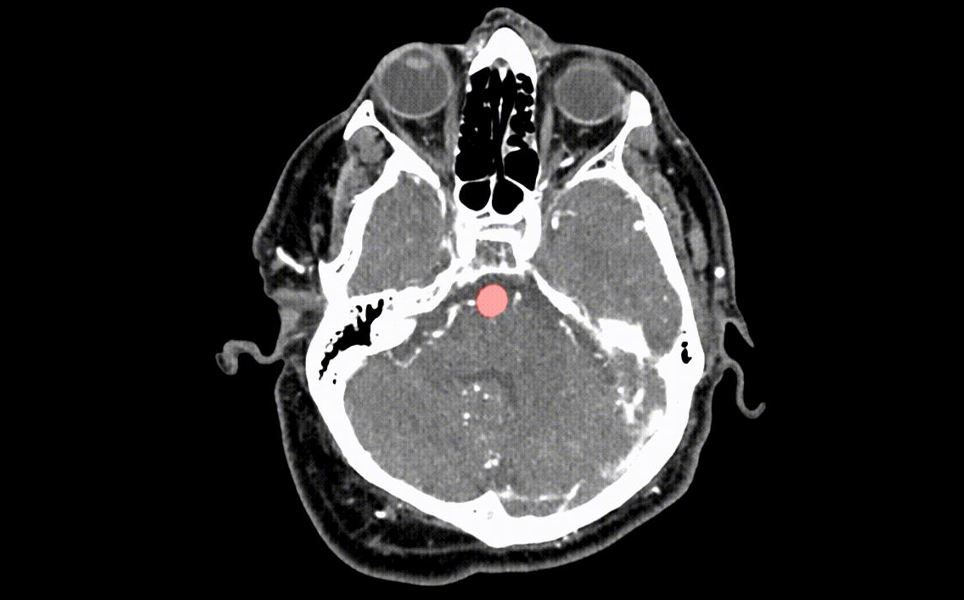
AI to detect aneurysms
4. New research could help predict seizures before they happen
Scientists at the Royal College of Surgeons in Ireland have identified a pattern of molecules present in the blood before a seizure occurs, which may enable the development of a system that can warn people with epilepsy when they are at risk of having a seizure.
The molecules are fragments of transfer RNAs (tRNAs), which are produced when tRNAs are cut into fragments when cells are stressed. Therefore, higher levels of the fragments in the blood may mean that brain cells are under stress before a seizure. The researchers found that levels of three tRNA fragments increase many hours before a seizure occurs.
Seizure warning
5. Scientists recreate blood-brain barrier defect outside the body
Scientists at Cedars-Sinai University successfully recreated the blood-brain barrier outside the body that functioned the same as it would in the individual who provided the cells to make it.
The researchers used induced pluripotent stem cells from blood samples to create the neurons, blood-vessel linings and support cells that make up the blood-brain barrier. These cells were placed inside Organ-Chips, which recreated the micro-environment of the human body. The cells formed a functional blood-brain barrier that was able to block the entry of certain drugs. When derived from cells of patients with Huntington's disease or Allan-Herndon-Dudley syndrome, the barrier malfunctioned in the same way that it does in patients with these diseases.
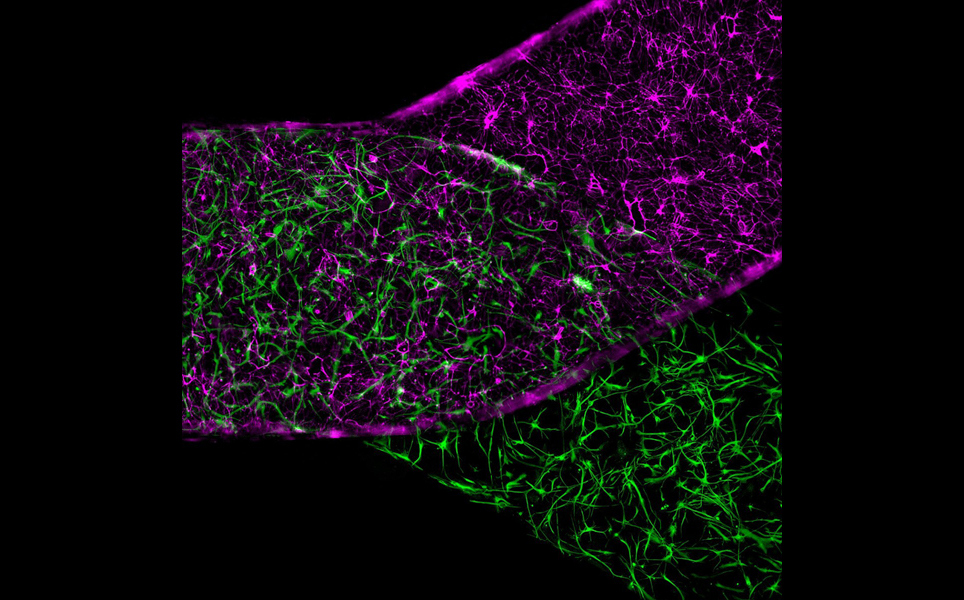
Blood-brain barrier outside the body
6. Memory preserver
A vaccine has been developed by researchers at the University of New Mexico that can prevent tau protein accumulating into long tangles in Alzheimer’s disease. The tau protein is normally a stabilising structure inside neurons. In Alzheimer’s disease, it accumulates into long tangles which disrupt the ability of neurons to communicate with each other.
The researchers used virus-like particles that contain a part of the tau protein on their surface. These caused mice, who had been bred to develop Alzheimer’s-like symptoms, to make antibodies that bind to and clear tau tangles. Compared to animals who hadn’t been vaccinated, mice who received the vaccine had less brain shrinkage and fewer tangles in the cortex and hippocampus, which are important for learning and memory and are destroyed in Alzheimer’s.
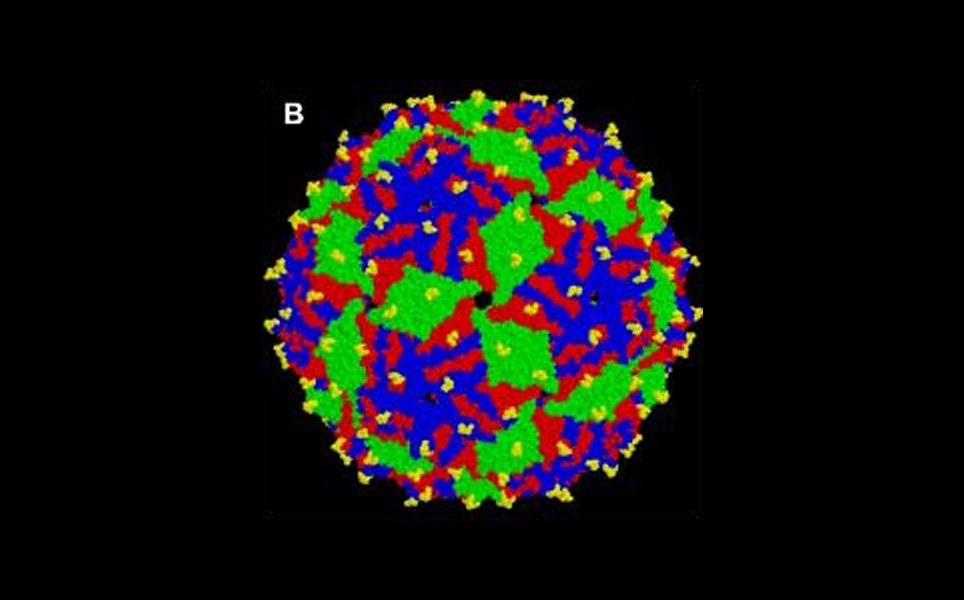
Vaccine for Alzheimer's
7. Complement system appears to be double-edged sword depending on the eye disease
A study by the National Eye Institute has discovered that the complement system plays a role in slowing retinal degeneration in a mouse model of retinitis pigmentosa.
The complement system is part of the innate immune system. This discovery contrasts to the results of previous studies of other eye diseases, including age-related macular degeneration, which have found that activation of the complement system worsens retinal degeneration.
In a transgenic mouse model of retinitis pigmentosa, the researchers found that upregulation of complement expression and activation occurred at the same time as photoreceptor degeneration. The researchers discovered that C3, a central component of complement, is secreted by microglia and lands on dead photoreceptors, labelling them for removal. It’s receptor, CR3, then recognises C3 molecules which tells microglia to phagocytose the dead photoreceptors.
Without the CR-CR3 interaction, microglia are unable to clear dead photoreceptors, causing them to accumulate in the retina, leading to increased inflammation and degradation.
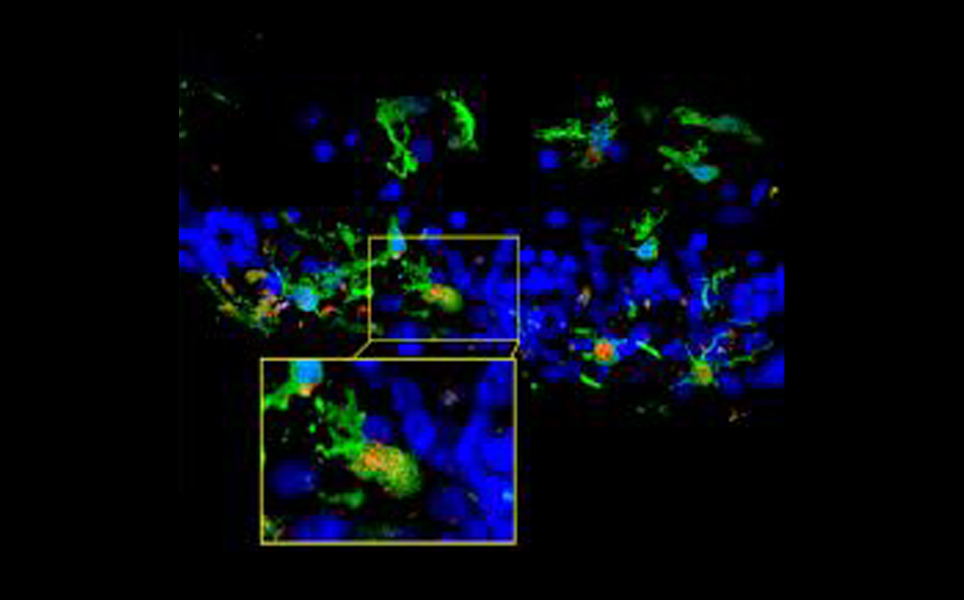
Learn more
8. Neuroscientists 3D model ‘face identity information’ stored in the brain
Neuroscientists from the University of Glasgow have constructed 3D facial models using information stored in a person’s brain when recalling the face of a familiar person. This world first is expected to be a cornerstone for greater understanding of the brain mechanisms involved in face identification.
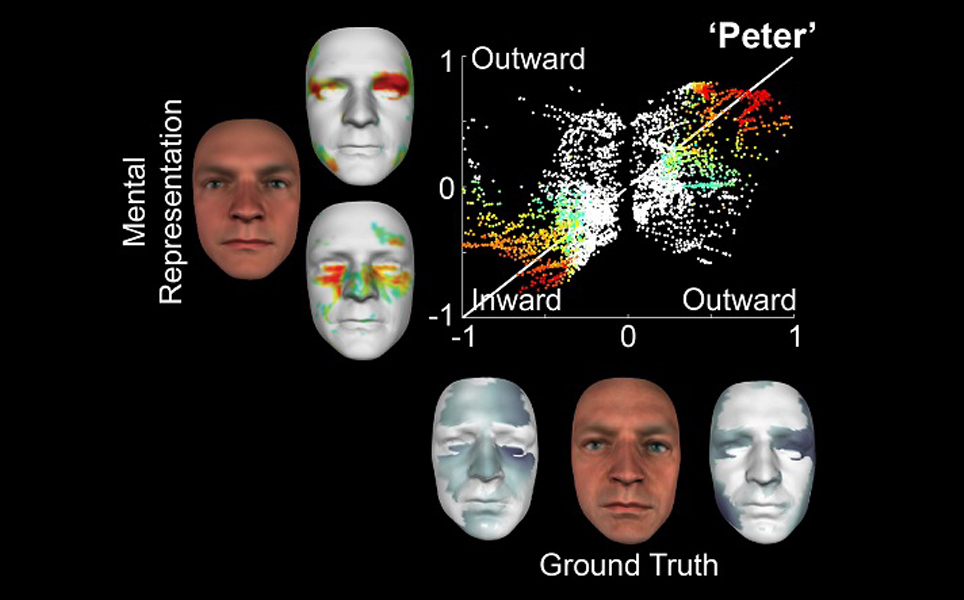
Faces from memory
9. First-ever noninvasive mind-controlled robotic arm
The first mind-controlled robotic arm, that can continuously track and follow a computer cursor, has been developed by researchers at Carnegie Mellon University in collaboration with the University of Minnesota.
The robotic arm uses a non-invasive brain-computer interface, which is able to access signals deep within the brain to enable high resolution control of the robotic arm. The technology has so far been tested on 68 able-bodied human subjects. Further trials are planned for the near future, and it is hoped it will benefit paralysed patients and patients with movement disorders.
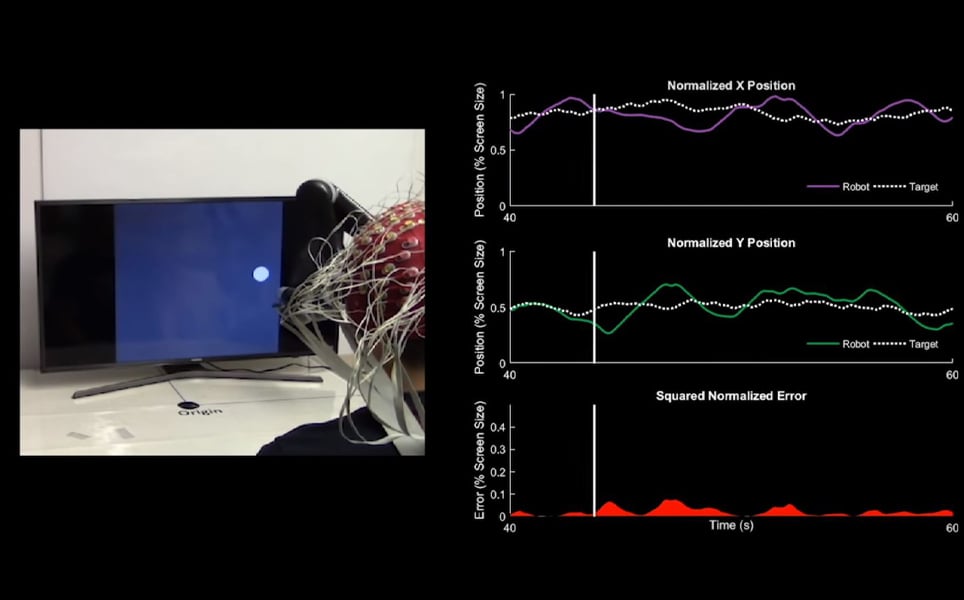
Mind-controlled robotic arm
10. HKBU discovers mechanisms underlying early life stress and irritable bowel syndrome
Researchers at Hong Kong Baptist University have demonstrated the link between traumatic psychological events in childhood and the development of irritable bowel disease.
The researchers found that levels of a neurotrophic factor essential for neuronal development, Nerve Growth Factor, were elevated in the gut of mice following early-life stress. This then elicited symptoms similar to those seen in IBS.
This study is the first to demonstrate this link, and may lead to the development of new treatments for gastrointestinal diseases.
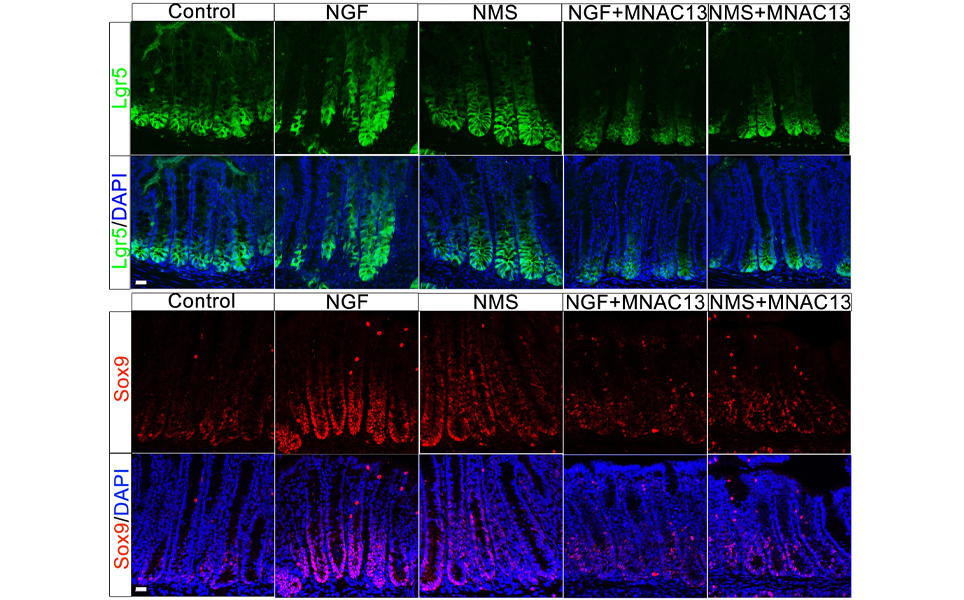
More here
Take a look at the previous top neuroscience stories...
Sign up to receive our latest news
Find out about Scientifica's latest product releases, company news, and developments through a range of news articles, customer interviews and product demonstration videos.

)